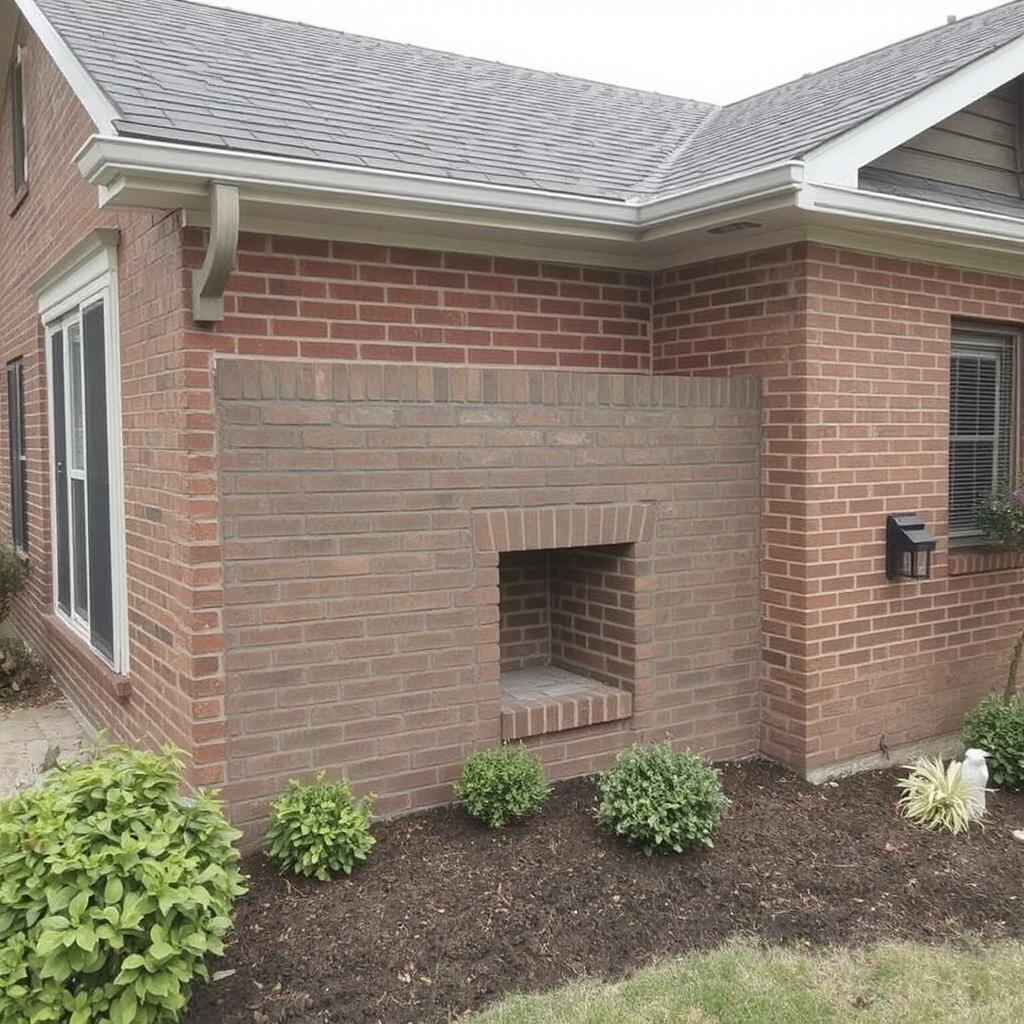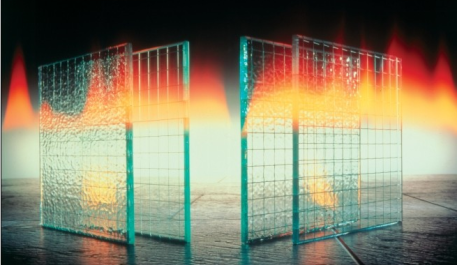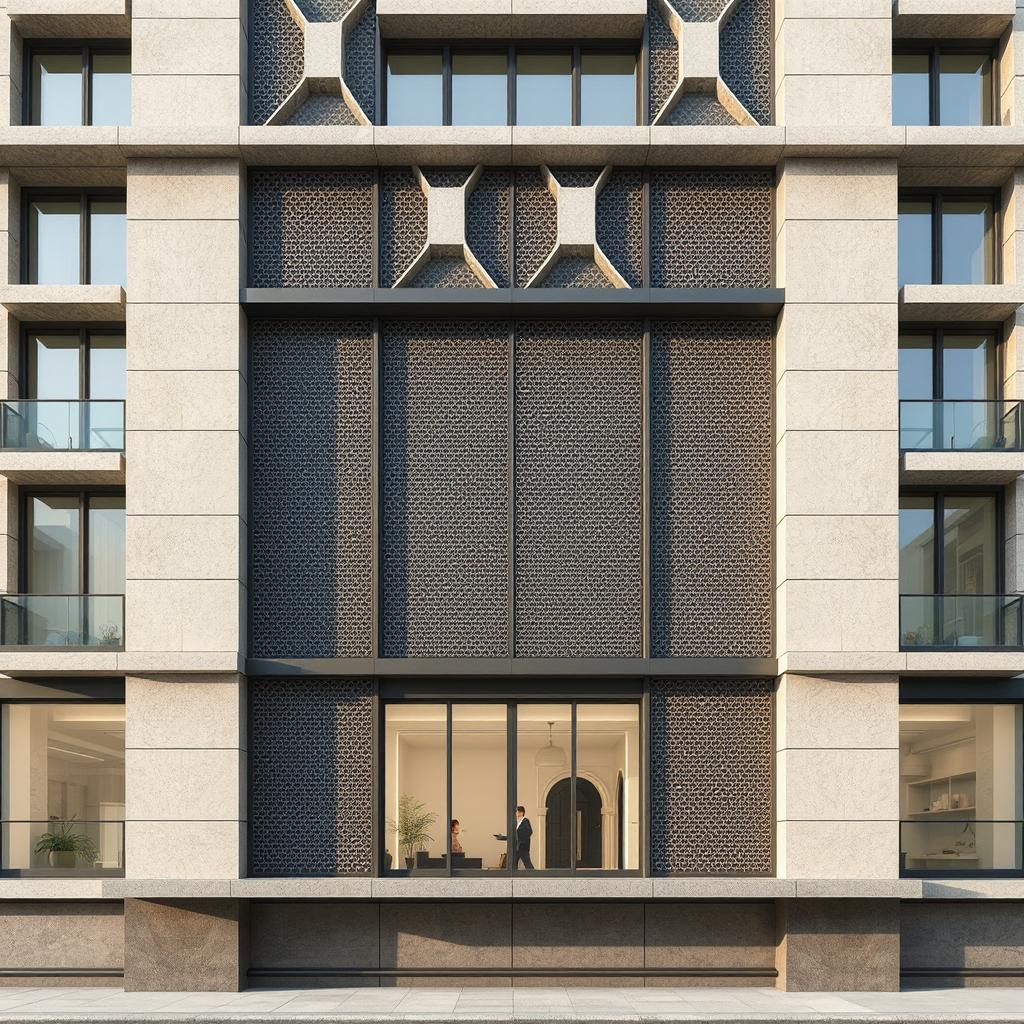Rat Trap Bond: A Smart & Sustainable Brick Masonry Technique

The construction industry is continually evolving to embrace methods that improve cost efficiency, sustainability, and functionality. One such innovative approach is the Rat Trap Bond. This unique masonry method is resource-efficient and enhances the thermal performance of buildings. Here’s a closer look at why the Rat Trap Bond is gaining popularity in modern construction.

Understanding Rat Trap Bond
The Rat Trap Bond is a specialized masonry technique where bricks are placed vertically on their edges rather than laid flat, as is common in traditional brickwork. This arrangement creates a network of cavities within the wall, reducing the overall brick usage and the structure’s weight. Its name comes from the resemblance of these hollow spaces to a classic rat trap.
Key Benefits of Rat Trap Bond
- Cost-Effective Construction
- This technique requires fewer bricks and less mortar, significantly cutting down on material costs.
- Faster construction times reduce labor expenses, further increasing cost efficiency.
- Improved Energy Efficiency
- The cavities within the walls act as insulators, keeping interiors cooler during hot weather and warmer during colder months.
- Reduced reliance on heating and cooling systems leads to energy savings over time.
- Eco-Friendly Approach
- Using fewer materials lowers the environmental impact of construction projects.
- Promotes sustainable building practices by minimizing waste and conserving resources.
- Enhanced Aesthetics
- Rat Trap Bond walls feature a distinctive texture and pattern, adding architectural interest to buildings.
Steps to Construct a Rat Trap Bond Wall
- Prepare the Foundation: Establish a strong and level base to support the walls.
- Position the Bricks: Place bricks vertically on their edges, leaving gaps to form cavities.
- Apply Mortar: Use mortar judiciously to bind the bricks and ensure structural stability.
- Incorporate Reinforcements: Add horizontal reinforcements at intervals to enhance the wall’s strength and durability.
Where is Rat Trap Bond Used?
- Homes: Ideal for residential buildings, especially in areas with extreme temperatures.
- Schools and Community Buildings: Cost-efficient for educational and community projects.
- Eco-Conscious Architecture: A favorite for green building initiatives and sustainable designs.
Potential Challenges
- Skilled Workforce: Requires experienced masons to ensure accurate alignment and proper formation of cavities.
- Structural Suitability: May not be ideal for high-load-bearing walls in multi-story buildings.
- Weather Considerations: Extra precautions are necessary during construction in regions with heavy rainfall or high humidity.
The Rat Trap Bond offers an innovative solution to modern construction needs by balancing cost savings, energy efficiency, and sustainability. While it has limitations, such as requiring skilled labor, its advantages make it an excellent choice for a variety of projects. By adopting techniques like this, the construction industry can progress toward more sustainable and economical building practices.




